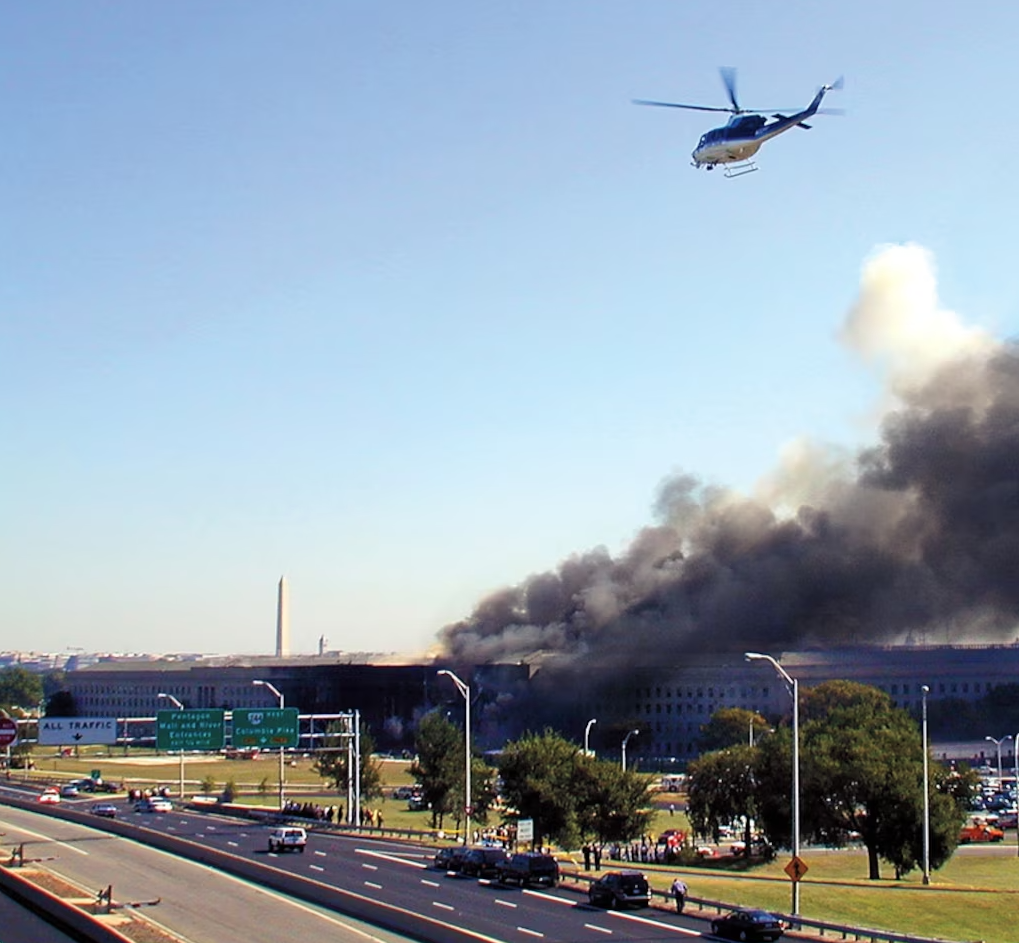Los Angeles has simmered for days, sirens and chanting merging into a single restless hum downtown. Amid the smoke and shouting, Australian journalist Lauren Tomasi—on assignment for Nine News—was caught in the crossfire, a rubber bullet slamming into her leg as she reported live.
“You just shot the reporter!”
Tomasi had been charting the protests that ignited after President Donald Trump’s latest immigration crackdown. What began as scattered picket lines on Sunday, June 8, swelled by mid-afternoon into a sea of thousands outside the Metropolitan Detention Center, where at least one car burned fiercely.
Stationed on East Temple Street, Tomasi described mounted officers advancing and rubber bullets popping like firecrackers. Moments later, a round found its target—her. A shocked onlooker’s shout, “You just shot the reporter!” sliced through the chaos.
Though visibly shaken, Tomasi steadied herself on camera, assuring colleagues, “I’m okay.” Footage replayed worldwide appears to show an officer lowering his weapon toward her before firing. Nine News later confirmed both Tomasi and her cameraman escaped serious harm, calling the incident “a stark reminder of the hazards journalists face in the field.”
Calls for Accountability
Back in Australia, Greens Senator Sarah Hanson-Young demanded answers. “Prime Minister Albanese must tell the U.S. president to stop shooting at our reporters,” she said, framing press freedom as non-negotiable in any democracy.
Meanwhile, the Los Angeles Police Department—already labeling downtown an “unlawful assembly” zone—urged media and civilians alike to steer clear. Yet cameras stayed; the world was watching.
Troops, Politics, and a City on Edge
The shooting added fuel to a growing debate over force. President Trump, insisting the city was “out of control,” pressed for National Guard reinforcements. Governor Gavin Newsom and Mayor Karen Bass pushed back, warning that militarizing the streets risked stoking more violence.
Bass pleaded on X (formerly Twitter): “Angelenos—do not meet chaos with chaos. Don’t give the administration what it wants.”
Journalism on the Front Line
As dusk turned to night and sirens receded, one fact lingered: covering civil unrest now carries dangers once reserved for war zones. For Tomasi, the bruise on her leg may fade quickly; the symbol of a press under fire will not.




